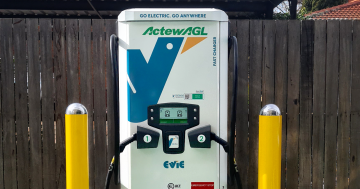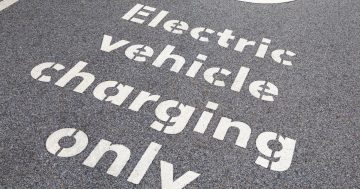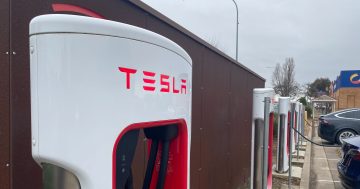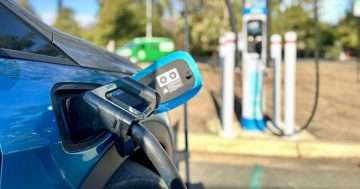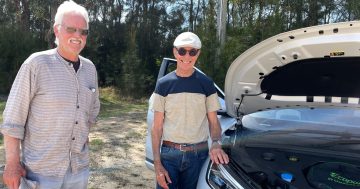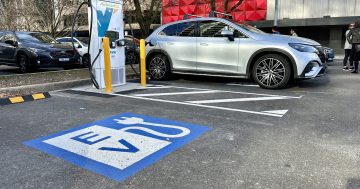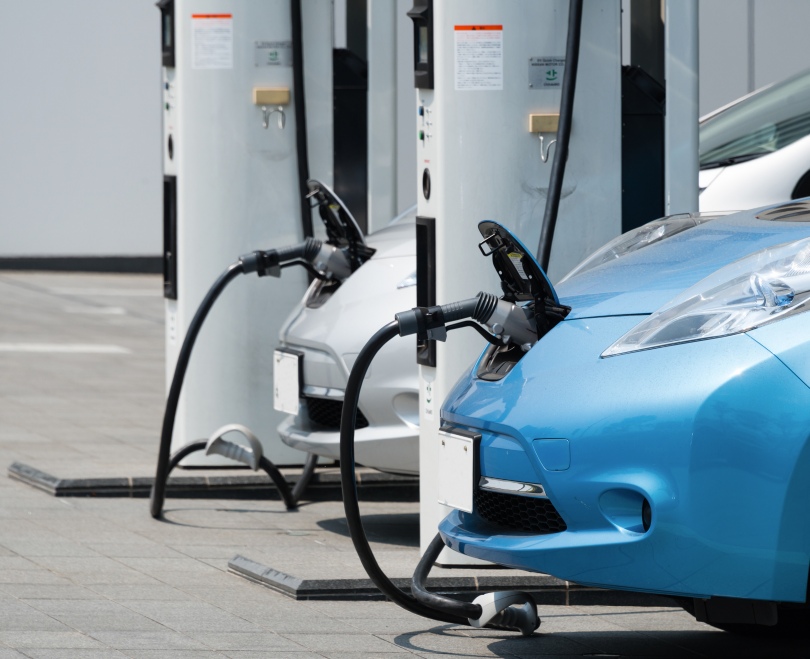
ACT is home to the highest number of electric vehicles per capita in Australia. Photo: File.
There have been plenty of promises and a lot of money thrown around, but electric vehicle (EV) charging stations in the ACT still remain few and far between.
Since 2018, the ACT Government has committed more than $500,000 to getting public charging stations up and running, but the PlugShare app reveals there are currently only 31 in the ACT, two of which are undergoing repairs.
In May 2021, ACT Chief Minister Andrew Barr announced that 50 charging stations would be rolled out across Canberra within 12 months, expecting that number to climb into the hundreds during the next five years.
“The planning code is also in the process of being amended to require EV charging points in new multi-apartment builds,” he said.
“We could ultimately seek to mandate that every petrol station has EV charging points.”
The ACT might only account for four per cent of the nation’s EVs, but we have the highest number of EVs per capita in Australia. The number of EVs currently registered passed the 1000 mark in July thanks to a Tesla Model 3.
The numbers work out at approximately 32 EVs to one charger.
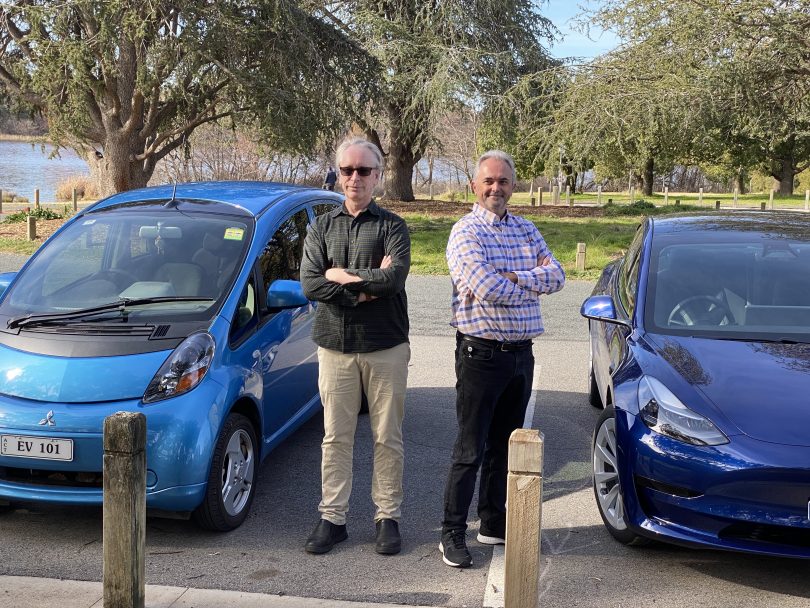
The first and 1000th registered electric vehicles in the ACT, and their proud owners. Photo: ACT Government.
In June 2021, ActewAGL partnered with national EV charging network provider Evie Networks to drive “a larger, more reliable and accessible charging experience for the ACT”.
Evie Networks CEO Chris Mills said that rolling out publicly available charging stations is a lengthy process involving many steps and red tape.
“As to why there aren’t more publicly available chargers in operation, that is typically explained by the low number of EVs on the road,” he said.
Mr Mills said Evie is taking a “build it and they will come” strategy and hopes to remove range anxiety by building a network of chargers in advance of demand.
Managing director of Detlev’s Electrical Services, Grae Munro, says that with the ever-increasing range in new EVs, combined with dropping costs, the tipping point is fast approaching where EV costs will align with those powered by the traditional internal combustion engine.
He said feedback from industry experts and customers includes the drawbacks of limited accessibility to charging stations in public places, shopping centres and office buildings; and limited understanding of charging times and associated costs.
“With the products already available, there is a full range of both smart and simplified charging options for new and existing residential and commercial buildings,” said Mr Munro.
“A simple switchboard upgrade or extra circuit may be all it takes to install an EV charger in your home.”
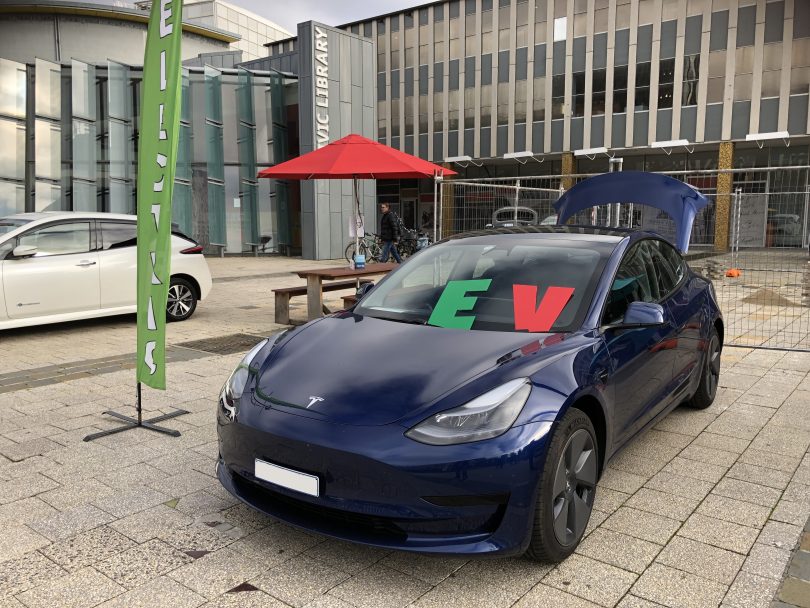
Teslas account for more than 400 of all EVs in the ACT. Photo: James Coleman.
The ACT currently uses about 2,900,000 megawatt hours of electricity in our homes and workplaces each year. Estimates suggest we will consume nearly double that when EVs are the main form of transport.
If it is a matter of overloading the grid, Mr Munro said there are things individual households can do to help ease the load.
“We are working with some really cool emerging EV technology,” he said. “Automation allows us to provide our customers with the choice of where they draw their energy from – whether that be solar, battery or generator – and at the same time reducing their cost.”
Other load management systems aim to lessen the effects of a power outage, or avoid charging during times of peak demand.
The ACT Government is also trialling ‘Vehicle 2 Grid’ systems that enable power to be fed both into and out of an EV’s battery pack.
Watch this space.
Contact Detlev’s Electrical Services for more information on EV charging options for your home or business.













